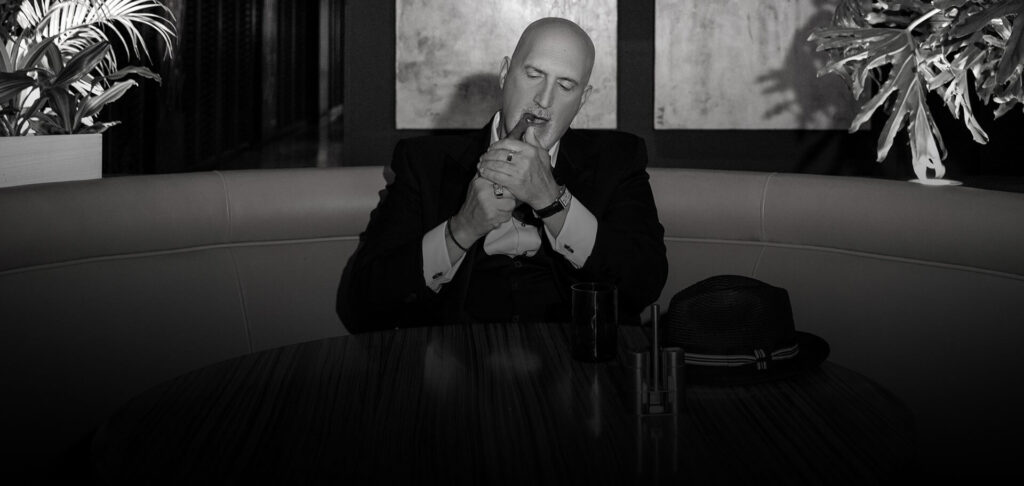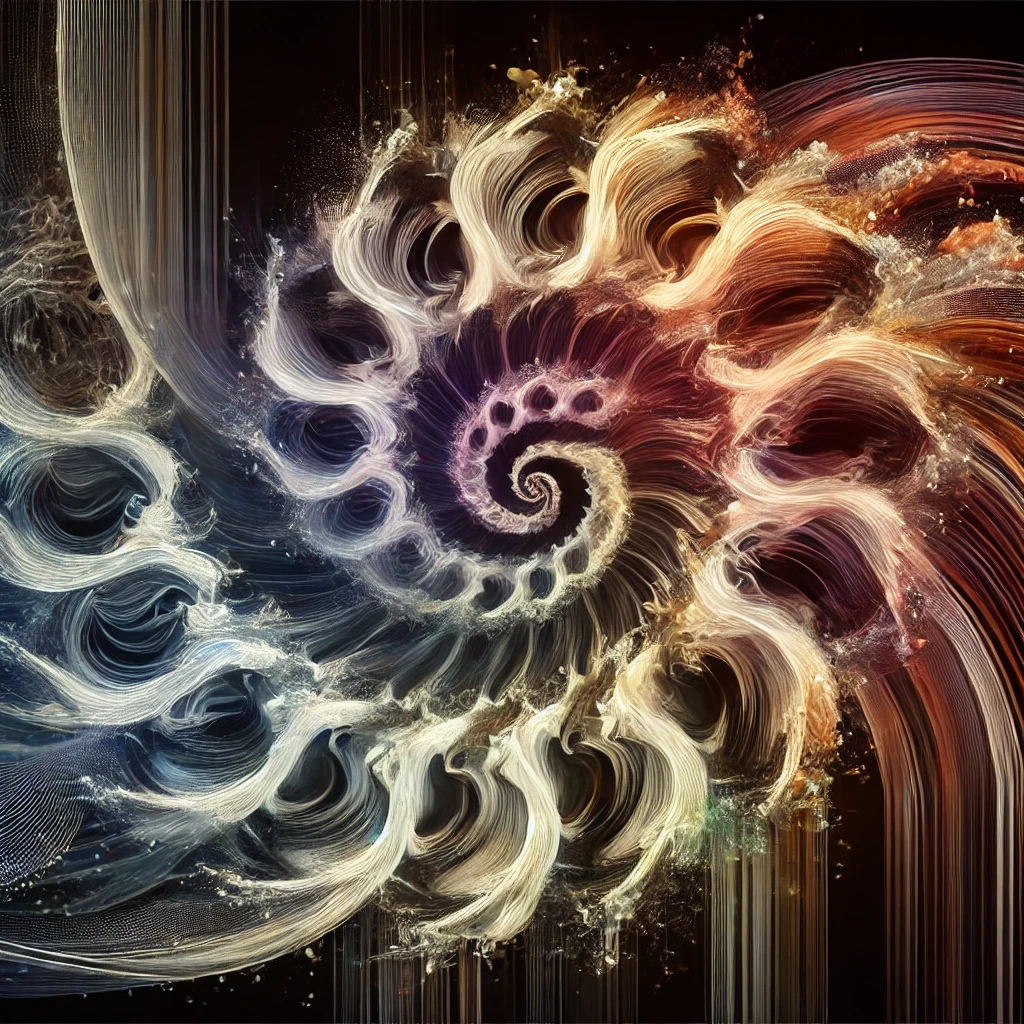Evoking Creativity and Intuition
”The fundamental technology that Joseph continues to develop is aesthetically organized and transcends the limitations of ordinary cognition running the process at the sub-cortical level of implicit learning in what he refers to as the “silent brain”.
From “The State of Perfection: Your Hidden Code To Unleashing Personal Mastery” – Joseph Riggio (http://www.amazon.com/The-State-Perfection…/dp/B007WGMVM0)
The Silent Brain
When I refer to the “silent brain” I’m referring primarily to the cerebellum, and cerebellar processing.
The workings of the cerebellum on intuition and mastery is an area I’ve been deeply engaged in exploring for the last decade or so, and it’s completely gratifying to see neuroscience catching up with some conjectures I have been making with some colleagues at places like Rutgers’s University and London School of Economics.
Fundamentally that the cerebellum is responsible for much more than movement control at the macro and micro levels. There is strong evidence that the cerebellum also impacts emotional response and integration. Yet beyond that there is what I think of as an ontological consideration in how we hold our implicit sense of self in relation to cerebellar processes that integrate our sense of being as an embodied awareness.
From our sense of being embodied we also experience ourselves and the world around us sensorily in at least seven distinct ways … the NLP four-tuple (or as I prefer to refer to it: five-tuple, ’cause I never got whey O/G was any more one thing than V/K) … visual, auditory, kinesthetic, olfactory and gustatory. I also think of vestibular and proprioceptive experience as distinct sensory experiences equal to those like sight and sound.
There are also specific sub-distinctions within the kinesthetic modality about external feeling and internal feeling, e.g.: NLP’s Ke (kinesthetic external) and Kv (kinesthetic visceral) distinctions, as well as the entire realm of further submodality distinctions in the other representational systems. So the sensorial becomes as I experience it, use it and train others in it a part of the embodiment of being as a gestalt singularity.
The gestalt singularity of embodiment as represented in the totality and confluence of the sensory experience in all representational systems in all ways is what I think of as “intuition.”
To put it another way I think of intuition as having the sensory acuity and awareness to notice patterns that are present, emergent or potentially arising by virtue of the “Signals in the System” as I refer to them, i.e.: subtle data that often resides below conscious awareness, is seemingly meaningless or is contradictory to the larger body of evidence that is available in ordinary consciousness.
What I want to most often accomplish with clients is opening the access to the intuitive process with them leading to what I call “Spontaneous Intentional Response” … that ability to respond spontaneously in real time to what is emerging in the system in a way that is aligned with the intentions you hold. One way to think of this could be like actually having the ability to say what you wished in the moment, instead of being limited to wishing you had said what thought of saying after the fact when you’ve had time to think about what happened.
Micro-muscular Impressions
The way I work with cerebellar accessing and training is through micro-muscular movement. A micro-muscular movement is not the same as the fully expressed movement for a thousand, or ten thousand reasons, including the fact that in a fully expressed macro-muscular movement there are tens of thousands of micro-muscular movements.
Yet, for me there is great value in working at the micro-muscular level of action in the system because in addition to moving bones muscular contraction can also be isometric as well as isotonic, where no gross movement in the body structure is experienced and yet there is a full contraction of the musculature in use.
This causes a number of things to occur at the physiological level such as fatigue leading to an increase in lactic acid production and decrease in oxygenation of the muscle fibers in question, leading to an increase in expiration and inhalation to increase the saturation of oxygen in the blood. I would argue this effect is present at the micro-muscular level as well as at the macro-muscular level, albeit in potentially untraceable levels of change with our current technology.
Then there are hormonal changes that occurs in response to muscular use (and disuse) as well as muscular change due to hormonal changes. This will have a dramatic influence on the brain states we experience.
Next, but not least, there are immediate responses in the neurological system as the muscles contract and relax relative to the nerves they encircle, contain and press up against. These also create an effect that goes beyond pure skeleto-muscular response.
Using the approach I take via an embodied somatic process, including the relationship between the somatic and semantic forms, state changes can be dramatically influenced via micro-muscular elicitation and patterning.
I recommend you follow up with these sources if you want to go deeper into my partcular process than what I share here …
https://josephriggio.com/the-pattern-that-connects-part…/
http://www.jsriggio.com/Articles/ArticlesPage65.asp
http://www.mythoself.com/article-soma-semantics-modeling…
Myelinizing Mastery
One more thing I’ll add is that as far as I’m concerned it’s all about myelination when it comes to mastery.
You need to build the neural pathways and preference them by creating a smoother, more efficient reflex/response pathway for the desired reflex/response than the pre-existing one, i.e.: prior to mastery.
The neural pathway is one that corresponds to a neuromuscular/neurocognitive reflex/response despite whether that reflex/response is somatic or semantic (i.e.: based in a physical or cognitive response, or some interface between the two). In my work we assume that all responses have soma-semantic qualities and components and look to enhance the total systemic reflex/response.
The cerebellar functions are typically pre-cortical when it comes to interacting with external sensory data, and to most internal sensory data as well. Therefore the most direct pathway to improving performance, and ultimately to achieving mastery is to work at the pre-cortical level of reflex/response.
Most NLP and almost all coaching, counseling and psychological interventions operate at a cortical level, with an intention to drive the system top down … despite claims otherwise (just attend to what people are doing and where the processing of what they do must be happening, e.g.: all language is cortically processed and then run through sub-cortical systems in response to the abstract, symbolic representations contained in and conjured by the linguistic forms).
When you by-pass the cortical preference and go directly to sensorial inputs you can reprogram the sub-cortical reflex/response potentials.
This is what happens when a martial artist practices the physical forms, even when they do not know how these relate to the pragmatic intention they are connected to initially. The form becomes neurologically and mechanically grooved into place, and accessing it becomes ‘intuitive’ (for better or worse and I’d argue that many times it’s for the worst … but that’s another discussion entirely).
In terms of creating an intervention for the purposes of evoking transformational or generative change leading to performance breakthroughs and/or the development of mastery the operator/trainer/coach needs to know how to bypass the cortical response and interact contextually to force the system to respond in the ways that are intended by not yet present, or consciously accessible.
Creating New Response Potentials
Let’s say that I wanted to work with someone to have a greater range of motion. There are a number of things that might limit someone from accessing that greater range of motion, but one of the most prevalent is antagonistic muscular response (FWIW this is also a killer in developing response time, speed and power too). So if I can force the individual to release the contraction in the antagonistic muscles by virtue of how I lead them … regardless of what I’m saying as I do that (although I’m not suggesting that wouldn’t also help) … I can create a deeper access to the full range of motion available to that person immediately given what their body is already capable of accessing without any further development.
Once someone experiences a new range of motion, including the relaxation of the antagonistic muscles, it will be easier for them to access it a second time … but to continue that access they will need to preference the new neural pathways over their habitual ones that led to the contraction in the antagonistic muscles originally.
One of the phrases I teach the folks who train with me in the MythoSelf Process work is that ”we must be able to hold the space for the clients we work with until they can hold it for themselves.”
What I mean by this phrasing is that through our work we allow people to experience something they desire that they cannot without our guidance as it stands for them in the moment given their current access to their resources/resourcefulness/resiliency … yet they are of course capable of having that experience or it would be impossible to guide them to it without further development. Yet even with our guidance they cannot hold or access that experience until they can … i.e.: until it has been preferenced enough to build the neural pathways that make the access possible for them without external intervention.
The geniuses I look to most frequently who did this brilliantly from the record of their work are Milton H. Erickson and Moshe Feldenkrais … of the two I think in some ways Moshe took the concepts of mastery as I think about it much further …
Within the model I’ve been developing and that I work within the organizing state that is present at the start determines what is possible from there moving forward, and there are two potentially organizing neurological states, the inhibitory and the excitatory.
Simply stated if you begin from an inhibitory state the system is literally neurologically closed and learning is limited. Furthermore what is learned is both relative and associative to the organizing state so that from the inhibitory bias the learning is about keeping the system safe and often includes modalities like avoidance. The associative aspect is a functional conditioning akin to anchoring, but working at a more subtle and expansive level, where minute signals are being responded to across a wide domain of inputs. (NOTE: I’m adding a comment below about Tony Robbins modeling to illustrate this point further.)
If however you establish and begin from an excitatory state the system is open neurologically seeking out new data and primed to learn easily and elegantly. What is learned is often associative and expansive, as in the inhibitory state, but aimed at a consideration of what is possible beyond the current limits of the system. In some ways you can say that the excitatory bias seeks for opportunity to connect what is beyond what is currently known to what is known creating a bridge to function in the process.
Again the driving question for me becomes what are we specifically attempting to accomplish? The ground I begin from in any case is establishing the excitatory bias where learning is most possible and evolutionary for the individual.
Going beyond transformation … “Generative Change”
More to the point I have been working with developing ways to access preconscious neurological processing (i.e.: non-cortical), specifically cerebellar, for more than ten years now in the service of creating generative change with clients.
The purpose of inducing generative change is to allow the clients I work with to produce the outcomes they desire, but don’t currently have access to the resources/resourcefulness/resilency to do so on their own … AND to develop their self-awareness and sensory acuity so they can access creative states that extend their capabilities beyond where they are into the domain of mastery.
All the data I have reviewed suggests that the cerebellum can replicate much of the processing of the cerebral cortex, with specific differences and limitations. One of the most critical distinctions of the cerebellum seems to lack an ability to create or process abstractions or symbolic forms in the ordinary ways we think about them, e.g.: visual or auditory imaginations, including language as we know it.
What the cerebellum may do, and seems to do, is to create a kind of somatic thought form where the data is represented as somatic information and organized into a pattern.
This pattern has deep integrative functioning with other neurological processing features, such as the emotive processing that occurs in the modules of the limbic system, e.g.: amygdala and hypothalamus – including emotive responses – i.e.: states … as well as directly communicating with the medulla oblongata and pons very, very quickly (versus cerebral processing) to create response potentials that exceed what is possible in ordinary cognition.
What I’ve found is that micro-muscular accessing is a direct trigger for cerebellar processing, i.e.: using micro-muscular signals we can access, program and activate cerebellar responses. Then through the process of learning/modeling cerebellar forms we can organize the system-at-large to respond at what is virtually a reflexive level to stimulus in the environment that corresponds to a pattern of action that produces masterful results … e.g.: the playing of a musical instrument, hitting a baseball, responding elegantly to the feedback from touching another person, aiming and firing a weapon with uncanny speed and accuracy, running a decision tree pattern in response to visual data in the environment – e.g.: tracking, picking up on non-verbal signals in communication, adjusting posture in motion, hearing multilevel communication forms in spoken language … those are just some of the specific things I’ve worked on …
The key is bypassing ordinary cortical processing and “installing” a pattern response form directly into the cerebellar processing loop.

”Fear Into Power” … A Frightening Model
One of the most direct routes to cerebellar response, as well as the linked limbic and reflex responses, is through fear.
I believe Tony Robbins intentionally uses fear to access the inhibitory state as the starting point for his work with people because he wants to tap into the deep survival responses that the system is organized around, i.e.: safety.
By eliciting a fear response he initiates an avoidance sequence, e.g.: “I don’t want to be alone/poor/weak because if I do then I won’t be able to get what I need to survive … and I’ll die.” For most people this is not a conscious processes they are aware of, they only experience the visceral/emotional experience of fear.
Then Tony links this through a series of chaining anchors to a series of changed states like sadness, grief, helplessness, curiosity, hope, excitement, joy to an action set. IMO one of Tony’s greatest gifts is his ability to evoke states and link them to anchors in a chained sequence.
Since he’s working within an avoidance pattern there is a direct path that is established and maintained because the system is in the inhibitory and closed to new data … i.e.: ”This is how the world is organized and this is the way to get from ‘A’ to ‘B’ without question.” So he creates very powerful and fast changes in the response system to the stimulus he’s using as the trigger for the pattern.
What Tony is also very skilled at doing is evoking the fear pattern to the edge of the threshold of terror, but knows how to redirect the emotional energy at that critical junction to the next emotional state in the chain, e.g.: sadness … if he crosses that line, i.e.: to terror, he will most likely evoke a flight, fight, freeze response in the sympathetic nervous system, where what he wants to do is end the sequence in the parasympathetic response that occurs after completing significant biological events, e.g.: eating, orgasm. This associates the sequence to satisfying significant biological needs/urges and creates the powerful motivation to act that follows the intervention.
However, what’s missing is creativity in the system and the next evolution requires releasing and letting go of what has been “mastered” requiring another intervention to achieve.
Where I think Tony and I would agree is that the most powerful inducement to transformation is crisis, i.e.: the stark realization that whatever is desired cannot be accomplished with the resources currently present in the system … like the begrudging acceptance that we as a species might actually have to deal with systemic issues like pollution and climate change as we begin seeing the evidence of crisis emerging around us … despite a growing awareness of the issue for 50+ years in the scientific community.
Where Tony Robbins and I most strongly disagree from what’s obvious is in the initiating access point.
While I agree with Tony that the fear response is an incredibly powerful inducement to taking action if you can access it and implement before terror is present, I think that raising the potential for excitement to the level of thrill and ecstasy is just as potent or more so, hence my preference for the excitatory bias.
In the same way that Tony works with the primal biological drivers of survival, I work with the primal drivers as well … primarily food and sex, as well as the secondary drivers of security, belonging, status and comfort when I don’t need to raise the level of response as high as primal drivers will to raise and sustain the motivation to act.
Best regards,
Joseph Riggio, Ph.D.
New Hope, PA
PS – If you like this you’ll probably like my newest book even more … take a look here::http://tools4consciousevolution.com




